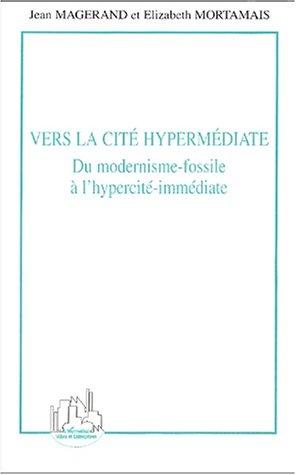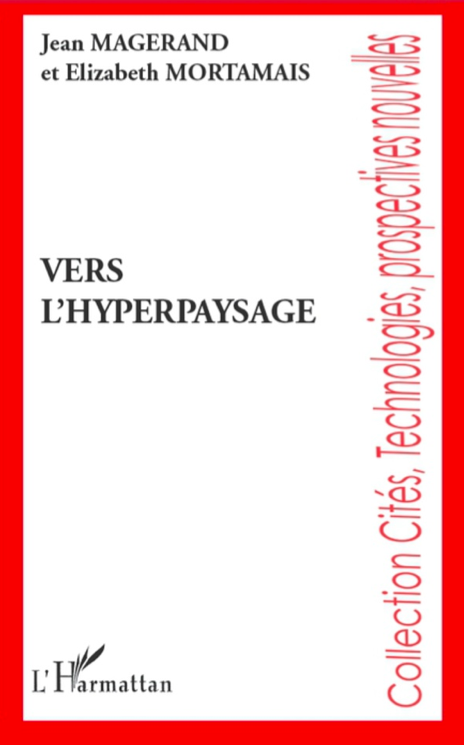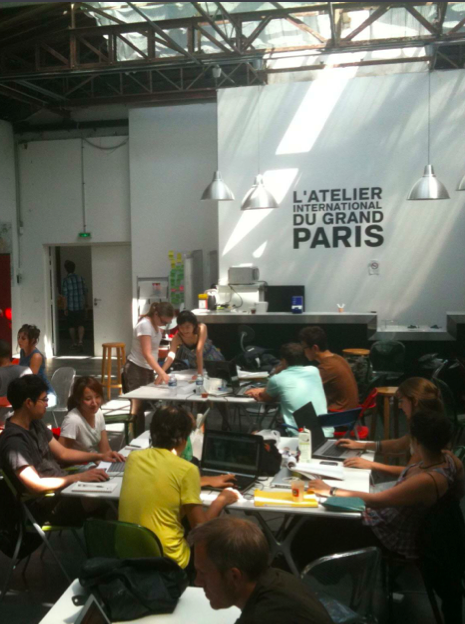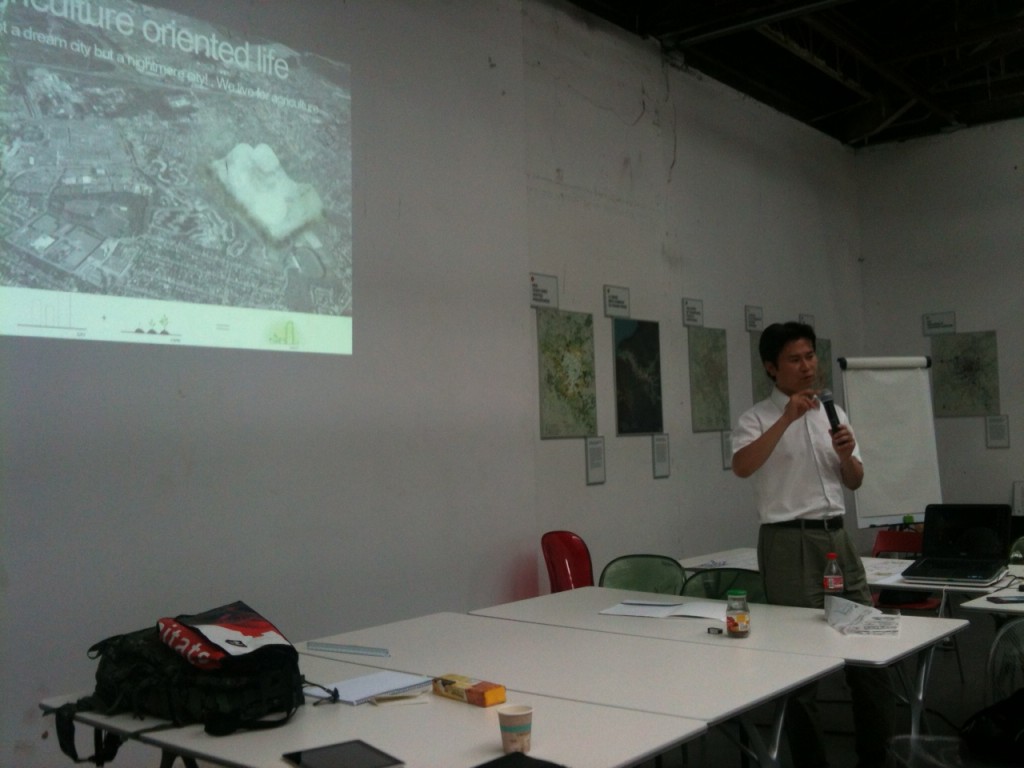![]() English version here
English version here
When: from 10 to 20 July 2018
What: Universcience in partnership with the International Experimental Workshop for the City of Science and Industry at the exhibition "Terra Data", a workshop (Intensive research Workshop)
![]() English version here
English version here
When: from 10 to 20 July 2018
What: Universcience in partnership with the International Experimental Workshop for the City of Science and Industry at the exhibition "Terra Data", a workshop (Intensive research Workshop)

In a guided analysis of the Attali report, the architect and urban planner Jean Magerand assumes the role of Candide; It does not address the problems that are annoying because it is the working method and the areas of design, environment and construction, in the broad sense, that have taken its attention. A useful model? Prospective chronicle. Continue reading

Why a prospective and architecture section? Because we must respond to an expectation too long dissatisfied, because we suffer from a time that is polarizes especially on the present and the short term and so little on the future, and because, more simply, we like to look at the distant future the Eyes in the eyes. Prospective chronicle of Jean Magerand and Claire Bailly. Continue reading

What quality (s) for the Branly Museum of Jean Nouvel with regard to essential values constituting the new culture in the process of establishing itself in our civilization? In the field of architecture, the world of ideas would remain blind to the transformations of the contemporary world? Prospective chronicle of Jean Magerand. Continue reading

When we talk about foresight, what could be more normal than to evoke the rising generation of architects. I have chosen to present five students diplômables among those who have enrolled in the "prospective group" which I animate at the School of Architecture of Paris-la-Villette. Prospective chronicle of Jean Magerand.

The recent Grand Prix of Architecture, Rudy Ricciotti, has blasted the new HQE standards, insisting that architects will be bridled in their creativity. According to him, over-insulations and removals of thermal bridges will bundle the architectural hardware in their binding and unsightly coat. Prospective chronicle of Jean Magerand.
This column was first published on CyberArchi on September 20, 2007

Promoting a forward-looking speech requires constant attention to anything that can significantly influence the evolution of contemporary thought. In history, the future often begins with an evil-being in the present, whose symptoms are only discerned, most of the time harmful, without being able to perceive neither the causes nor the mechanisms.

Working and expressing oneself on foresight inevitably leads to a critical look at our contemporary ways of doing and thinking. Foresight disturbs the conformism and therefore requires, to express itself fully, a medium of free expression. Also, when Christophe Leray asked us to open a forward looking section in the architect's mail we did not hesitate. Continue reading


Making life easier in the city with new methods? Since September 2010, it is the goal of the new master specialized URBANTIC launched by the School of Engineering of the city of Paris (E.I.V.P.) soon joined by the Ecole des Ponts Paris Tech. A training based on an observation: new knowledge can improve the quality of life in the city. Prospective chronicle.


In his book ' The Interactive City-Architecture and urbanism at the risk of digital and ecology ' *, Serge Wachter, professor of architecture, wonders about the impact of new techniques on architectural and urban thinking. He points out here some of the essentials of his speech on new approaches to city life. Continue reading

"In many respects, the digital world is a world of generalized ornament," says Antoine Picon *, a Harvard professor. "originally presented as synonymous with a dangerous dematerialisation, the diffusion of digital tools has, in fact, contributed to the question of materiality," he says. Three-part meeting * *.
Jean Magerand, Elizabeth Mortamais, towards the Hypermediale city: from Modernism-fossil to Hypercite-Immediate, Editions L'Harmattan, 2003, Collection: Cities and businesses, 284 pages, IS BN-10:2747545431 fourth Continue reading
BN-10:2747545431 fourth Continue reading
 p. Cover four: Any societal organization interferes with the natural environment and generates landscape. The apparently unnatural collaboration of the computer and ecology is very coherent. What is the reference to the representation of this hypercomplex nature that reveals to us the life sciences and the information? What are the possible impacts on the management and interpretation of the territories? What landscapes emerge?
p. Cover four: Any societal organization interferes with the natural environment and generates landscape. The apparently unnatural collaboration of the computer and ecology is very coherent. What is the reference to the representation of this hypercomplex nature that reveals to us the life sciences and the information? What are the possible impacts on the management and interpretation of the territories? What landscapes emerge?http://www.ateliergrandparis.fr/ateliersdebats/workshop/citebio.php 
